Sealife guideThe Mediterranean moray eelMuraena helena
Last updated on 08/21/2024 at 10:42 PM

The Mediterranean moray eel (Muraena helena)
There are more than 200 species of moray eels distributed across 15 genera.
Taxonomy
- Common name: Mediterranean moray eel, moray eel
- French name: Murène commune, murène méditerranéenne
- Spanish name: Morena
- Scientific name: Muraena helena (Linnaeus, 1758)
- Family name: Muraenidae
- Order name: Anguilliformes
- Class name: Actinopterygii
Description
The Mediterranean moray eel can reach up to 5 feet in length. The moray eel has an elongated, snake-like body that is flattened vertically.

The Mediterranean moray eel has sharp teeth and an excellent sense of smell
Its skin is smooth and scale-less. Its dorsal, caudal and anal fins form a single undulating crest.
The moray eel lacks both pectoral and pelvic fins.
The moray eel has sharp teeth and an excellent sense of smell.
The Mediterranean moray eel has a dark brown body with yellow spots.
Geographic range
The Mediterranean moray eel is found in the Mediterranean Sea and in the Atlantic Ocean from Africa to the British Isles.
Habitat
The Mediterranean moray eel lives in rocky crevices. It is mostly sedentary but has several shelters among the rocks where it can be found.
The moray eel can be found from the surface to depths of around 330 feet.
Diet
The Mediterranean moray eel feeds on fish,
crustaceans and octopuses which it hunts at night.

The Mediterranean moray eel has an elongated, snake-like body that is flattened vertically
Reproduction
Due to their nocturnal nature, the reproduction of the Mediterranean moray eel is still not well understood. The female lays eggs - about 0.2 inches in size - between July and September which hatch into small, flattened and transparent larvae.
Did you know ?
The Mediterranean moray eel regularly opens and closes its mouth to oxygenate its gills.
The mediterranean moray eel is listed as many other marine species within The
IUCN Red List of threatened species. The mediterranean moray eel appears in the
IUCN Red List since 2015 within the category Least Concern !
Tips for observing
Approach the Mediterranean moray eel gently without disturbing it and avoid placing your hand near its head. This will help you avoid a bite which could quickly become infected without careful disinfection.

The Mediterranean moray eel regularly opens and closes its mouth to oxygenate its gills
Within the same family
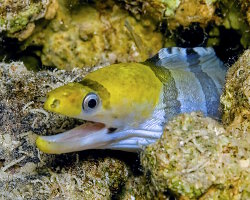
Banded moray
(Gymnothorax rueppelliae)

Banded mud moray
(Gymnothorax chlamydatus)

Goldentail moray
(Gymnothorax miliaris)

Laced moray eel
(Gymnothorax favagineus)

Ribbon eel
(Rhinomuraena quaesita)

Undulated moray
(Gymnothorax undulatus)

White eyed moray
(Gymnothorax thyrsoideus)

Yellowmouth moray
(Gymnothorax nudivomer)
Discover also

Bluetail unicornfish
(Naso caeruleacauda)

Fourline wrasse
(Larabicus quadrilineatus)
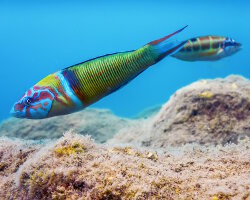
Ornate wrasse
(Thalassoma pavo)

Painted frogfish
(Antennarius pictus)

Peacock grouper
(Cephalopholis argus)

Singular bannerfish
(Heniochus singularius)

Smooth trunkfish
(Rhinesomus triqueter)
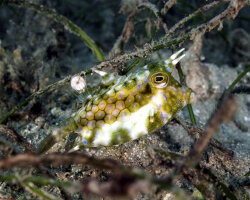
Thornback cowfish
(Lactoria fornasini)
The marine species from Mediterranean sea
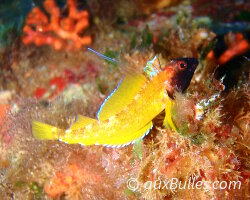
Black-faced blenny
(Tripterygion delaisi)
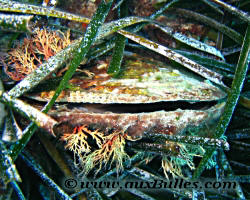
Noble pen shell
(Pinna nobilis)

Salema
(Sarpa salpa)

Small red scorpionfish
(Scorpaena notata)

Stony sea urchin
(Paracentrotus lividus)

Violet sea urchin
(Sphaerechinus granularis)

Warty crab
(Eriphia verrucosa)
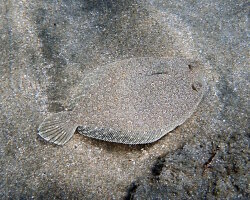
Wide-eyed flounder
(Bothus podas)
Best dive destinations

Port Cros island

































